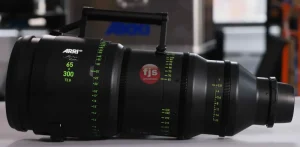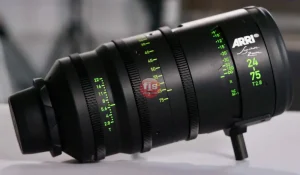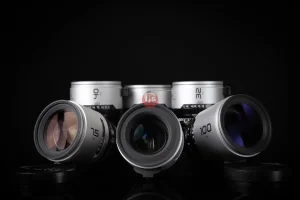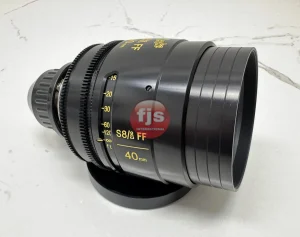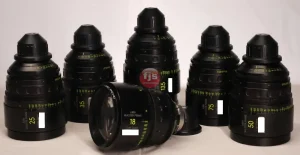Introduction:
Wide-angle camera lenses are a valuable tool for photographers who want to capture a broader perspective in their images. Whether you’re a professional or an enthusiast, understanding the capabilities and benefits of wide-angle lenses can greatly enhance your photography skills. In this article, we will explore the world of wide-angle camera lenses, including their key features, benefits, and tips for wide-angle photography.
I. What are wide-angle lenses?
Wide-angle lenses are camera lenses with a focal length shorter than the standard lens. They allow for a wider field of view, capturing a larger scene than the human eye can perceive. These lenses are commonly used in landscape, architecture, and interior photography.
- What is the focal length of a wide-angle lens?
Wide-angle lenses typically have a focal length of less than 35mm on full-frame cameras. However, on cropped sensor cameras, lenses with focal lengths between 10-24mm are considered wide-angle.
Answer: Wide-angle lenses with shorter focal lengths, such as 10-24mm, provide an even wider field of view, allowing you to encompass more of the scene in your frame.
- How do wide-angle lenses differ from ultra-wide lenses?
Ultra-wide lenses, also known as super-wide lenses, have an even shorter focal length than wide-angle lenses. They typically range between 8-14mm, providing an incredibly wide field of view.
Answer: The main difference between wide-angle and ultra-wide lenses is the extent of the scene they can capture. Ultra-wide lenses offer a more exaggerated perspective, perfect for capturing vast landscapes or tight interior spaces.
II. Key features and benefits of wide-angle lenses
Wide-angle lenses offer several features and benefits that make them a valuable asset for photographers.
- Distortion and perspective
How do wide-angle lenses affect distortion and perspective in photos?
Answer: Wide-angle lenses can create an exaggerated perspective, making objects closer to the lens appear larger while objects further away seem smaller. This can add an interesting dynamic to your images, especially in architectural or street photography.
- Depth of field
How does a wide-angle lens affect the depth of field in photographs?
Answer: Wide-angle lenses have a greater depth of field than longer focal length lenses. This means that more of the scene, from the foreground to the background, will be in focus. This is advantageous for landscape photography, where you want to capture sharp details throughout the entire frame.
- Wide Angle LensesHow can wide-angle lenses enhance storytelling in photographs?
Answer: Wide-angle lenses are excellent for capturing environmental context. They allow you to include more elements in your frame, giving viewers a better understanding of the scene and the story behind it. This is especially useful in documentary or street photography, where capturing the entire environment is essential.
III. Tips for wide-angle photography
To make the most out of your wide-angle lens, consider the following tips:
- Get close to your subject
Should I get closer to my subject when using a wide-angle lens?
Answer: Yes, getting closer to your subject will emphasize its presence in the frame, creating a more immersive and impactful image. Experiment with different distances to find the ideal composition.
- Pay attention to the edges (
How can I avoid distortion and unwanted elements at the edges of my wide-angle photos?
Answer: Wide-angle lenses can introduce distortion and unwanted elements near the edges of the frame. Pay attention to the composition and ensure that important elements are not distorted or cut off. Cropping or using post-processing software can also help correct these issues.
- Experiment with different perspectives
What are some creative perspectives I can explore with a wide-angle lens?
Answer: Wide-angle lenses provide an opportunity to explore unique perspectives. Try shooting from low angles, capturing upward or downward views, or incorporating leading lines to create dynamic compositions.
Conclusion:
Wide-angle lenses are a valuable tool for photographers looking to capture a broader perspective and include more elements in their photographs. With their ability to create an exaggerated perspective, greater depth of field, and environmental storytelling, wide-angle lenses offer numerous benefits. By following the tips mentioned above, you can make the most out of your wide-angle lens and enhance your photography skills.


